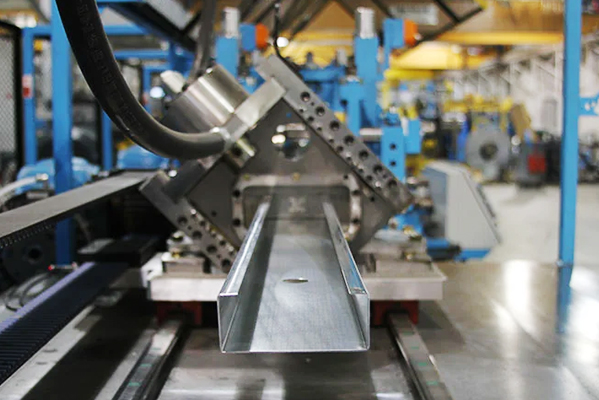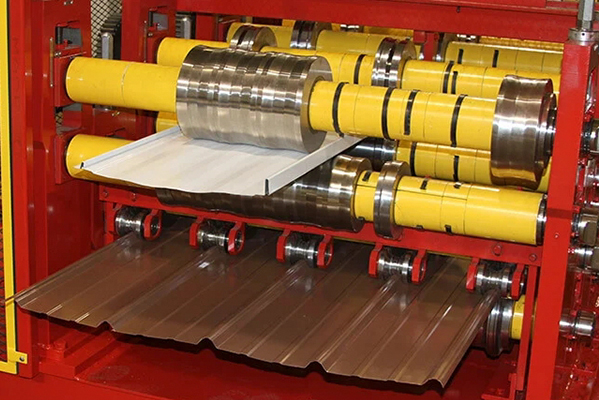Navigation Menu
Contact Us
- Email:
- info@wxavatar.com
- Address:
- Yurong Village, Yuqi Street, Huishan District, Wuxi, China.
Release Date:Apr 15, 2025 Visit:54 Source:Roll Forming Machine Factory
Metal forming is a manufacturing technique that shapes metal into desired parts by applying mechanical forces. These processes alter the geometry of metal workpieces while maintaining their volume. Below are five key metal forming methods widely used in industrial applications.
1. Rolling
Process: Metal is passed through rotating rollers to reduce thickness or achieve specific cross-sections.
Types:
Hot Rolling: Performed at high temperatures for large structural shapes.
Cold Rolling: Conducted at room temperature for precise dimensions and smooth surfaces.
Applications: Sheet metal production, structural beams, and railroad tracks.

2. Forging
Process: Metal is compressed under high pressure using hammers or presses to enhance strength.
Types:
Open-Die Forging: Workpiece is shaped between flat dies for large components.
Closed-Die Forging: Metal flows into a die cavity for complex, high-precision parts.
Applications: Automotive crankshafts, aircraft components, and hand tools.
3. Extrusion
Process: Metal is forced through a die to create long parts with fixed cross-sections.
Types:
Hot Extrusion: Heated metal is extruded for better formability.
Cold Extrusion: Performed at room temperature for improved mechanical properties.
Applications: Aluminum window frames, tubing, and structural supports.
4. Drawing
Process: Metal is pulled through a die to reduce diameter or produce thin wires/tubes.
Types:
Wire Drawing: Creates thin, uniform wires for electrical and cable industries.
Tube Drawing: Refines diameter and wall thickness of pipes.
Applications: Electrical wiring, surgical instruments, and automotive fuel lines.
5. Sheet Metal Forming
Process: Thin metal sheets are bent, stretched, or cut into specific shapes.
Common Techniques:
Stamping: Uses dies to punch or shape sheet metal.
Deep Drawing: Forms sheets into hollow shapes like cans or automotive panels.
Applications: Appliance housings, car body parts, and electronic enclosures.

Conclusion
These five metal forming processes—rolling, forging, extrusion, drawing, and sheet metal forming—serve as foundational methods in manufacturing. Each technique offers unique advantages in shaping metals for various industrial needs, from structural components to precision parts. The selection of a suitable process depends on material properties, desired geometry, and production requirements.